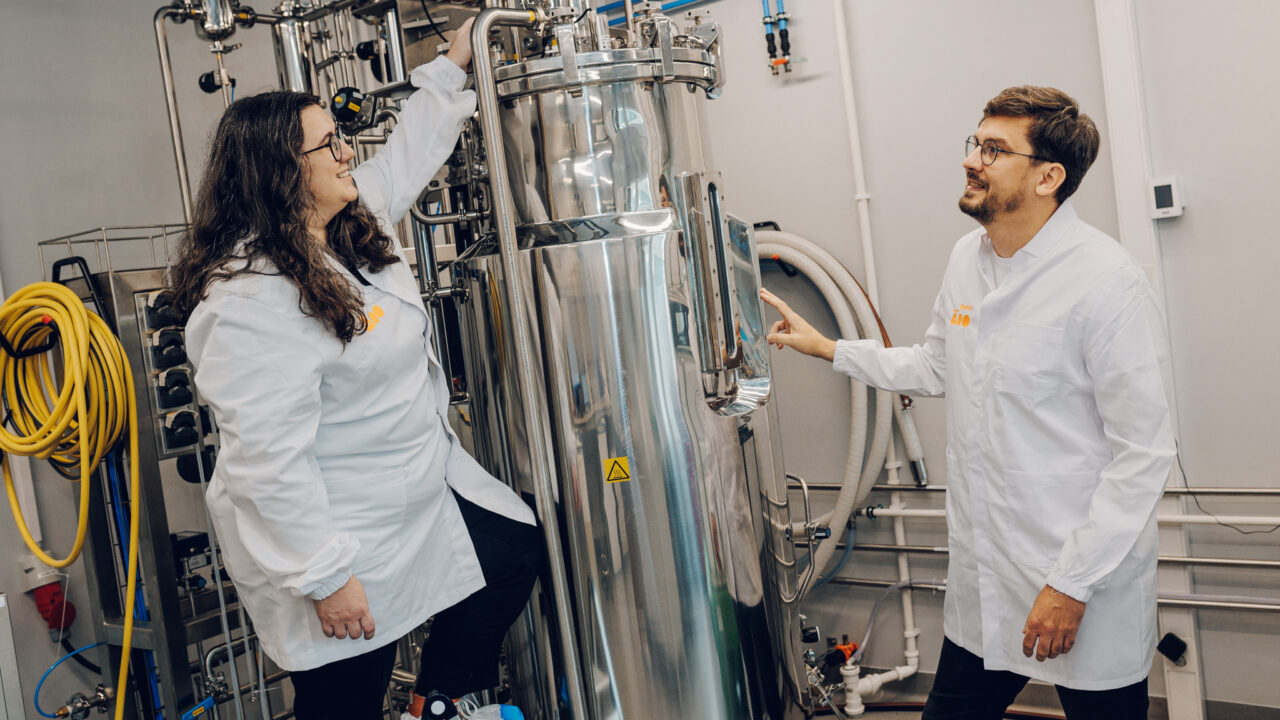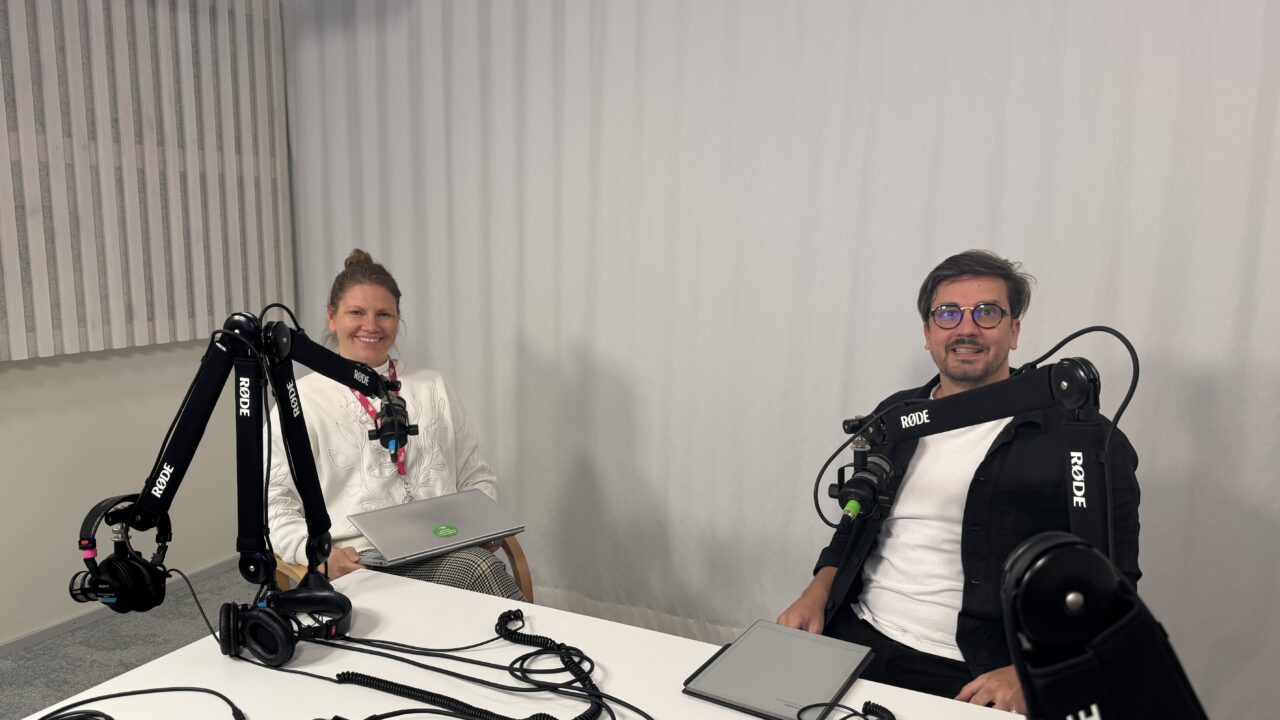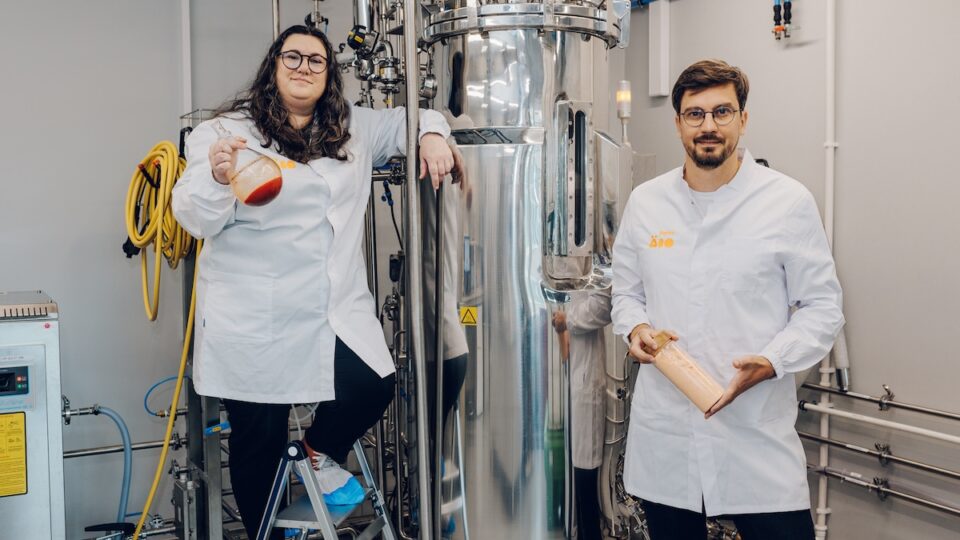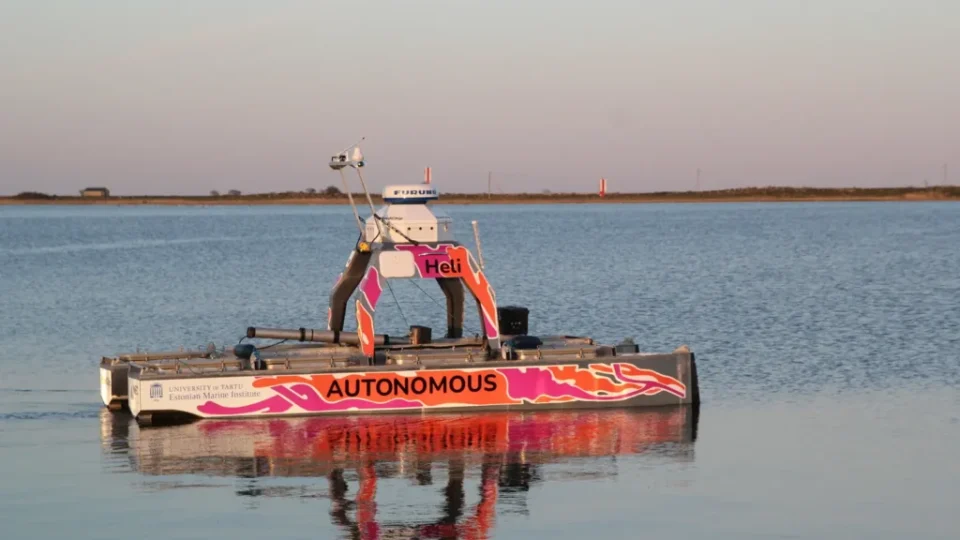According to the company’s founder, Professor Petri-Jaan Lahtvee from TalTech’s Department of Chemistry and Biotechnology, the company aims to valorize local by-products (such as sawdust) to create an environmentally friendly alternative to palm oil while also strengthening food security. The oils produced by ÄIO can be used not only in the food industry but also in cosmetics, for example.
A real milestone
In September, ÄIO reached a new milestone: the company produced its first batch of yeast-based alternative oil, with a total volume of one ton.
This marked a successful transition from lab-scale experiments to industrial production. Although the company initially planned to build its own demo facility, that idea was set aside due to the emergence of a biorefinery center in Estonia offering the necessary services. This allows ÄIO to focus its resources directly on product development and start preparing for market entry. In the long term, the goal is full-scale production. According to Lahtvee, the planned facility could have a capacity of up to 2,000 tons per year.
Alongside the ambition to scale up production, the company is actively collaborating with partners in both the food and cosmetics industries. „One ton is just the beginning,” said co-founder and CEO Nemailla Bonturi. “It proves that our technology works beyond the lab scale and has real commercial potential.”
„One ton is just the beginning,” said co-founder and CEO Nemailla Bonturi. „It proves that our technology works beyond the lab scale and has real commercial potential.”
A global goal
From the outset, the company’s strategy has been aimed at the global market. „The goal is to get there by 2028–2029,” said Lahtvee.
Today, most of ÄIO’s partners are based in Europe, but ties have also been established in Asia and the Americas. Market entry depends on two key factors: the raw materials used to produce the oils, and companies’ willingness to experiment with new, more environmentally friendly solutions.
Lahtvee highlighted two main objectives: on the one hand, ensuring food security and maintaining production in Estonia and the surrounding region; on the other, reaching markets with both a high availability of by-products and a strong demand for alternative raw materials. Estonia, along with several other European countries, is well-suited for production thanks to existing industries whose by-products can be used as feedstock.

In September, the company reached a new milestone: it produced its first batch of yeast-based alternative oil, with a total volume of one ton. In the photo: the company’s co-founders
Myth: An entrepreneur can’t be a serious scientist
In addition to leading the company, Lahtvee works as a professor at TalTech and is therefore well aware of the obstacles hindering the development of spin-off entrepreneurship within the university. In his view, one of the biggest problems is attitude: „Not long ago, there was still a mindset that if you’re involved in business, you’re no longer doing serious science.”
„Not long ago, there was still a mindset that if you’re involved in business, you’re no longer doing serious science.“
Another bottleneck is tied to academic incentives. Currently, there are no clear criteria on the academic career ladder that recognize involvement in entrepreneurship or the founding of a spin-off. According to Lahtvee, career advancement mainly focuses on scientific publications, organizing international conferences, and supervising PhD students: „You have dozens of different tasks to fulfill, but none of the criteria relate to entrepreneurship. It’s considered more of an extra activity, which certainly doesn’t motivate research group leaders.”
Lahtvee emphasized that those driving spin-off entrepreneurship don’t necessarily have to lead a research group themselves. Instead, they could help build a supportive environment and mechanisms that give younger researchers the opportunity to realize their ideas. This kind of approach would create more room for innovation within research groups, as the entrepreneurial path requires a lot of energy and dedication—not everyone may have that to give.




